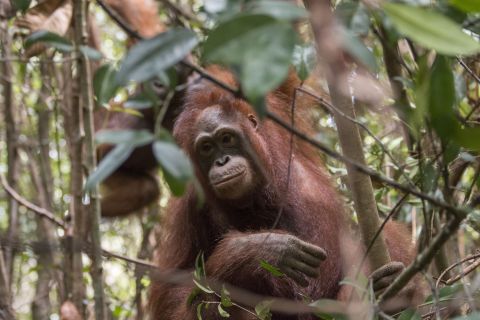
We dread the day when a species falls down an extinction risk category. In 2008 we watched in shock when the Bornean Orangutan was listed as Critically Endangered. But conversely, through positive conservation efforts to minimize threats and restore populations, animals can move up the categories, like the Giant Panda in 2016 which moved from ‘endangered’ to ‘vulnerable’.
We often see these headlines, but what do all these categories really mean? As we live through a biodiversity crisis, with species becoming extinct more than 1000 times more frequently than before humans existed 60 million years ago, it is vital we all understand the importance of taking stock of all life on the planet, and assess the risk of extinction which could have a detrimental impact on our ecosystems. We often use these terms at International Animal Rescue, but this knowledge should be widely understood by all.
But before we break them all down, let’s start with what this inventory of conservation statuses is called, and who oversees it.
IUCN Red List
The International Union for Conservation of Nature (IUCN) was founded in 1948 and became a respected authority on the planet’s species, both flora and fauna. In 1964 they formed the Red List which takes stock of species around the world, evaluating their extinction risk. As of now [January 2024], they recognize that 2.13 million species have been identified on earth, of which 157,100 species have been analyzed for the Red List.
These species are grouped into specific categories, which are listed below. They are allocated to these groups based on factors such as: population sizes and trends, geographic range, habitats, climate change impact, trade, disease and much more. Through a peer-reviewed process, the IUCN aims to re-evaluate the category of every species every 5-10 years.
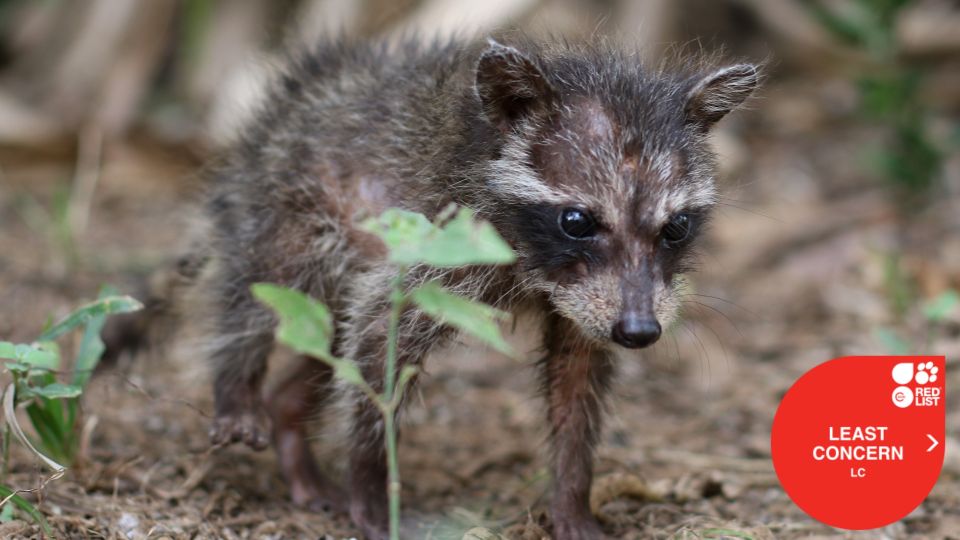
Least Concern
Number of species in category: 81,577
This is the category to strive for! Species within the category of ‘Least Concern’ don’t require focused conservation, due to being present in the wild in abundance. Species may still encounter obstacles to their way of life, but they present a low risk of extinction. But it’s important to remember that monitoring species is an ongoing process, and conservation efforts should be proactive, and not reactive to threats.
- Northern Raccoon
- Red Kangaroo
- Common Bottlenose Dolphin
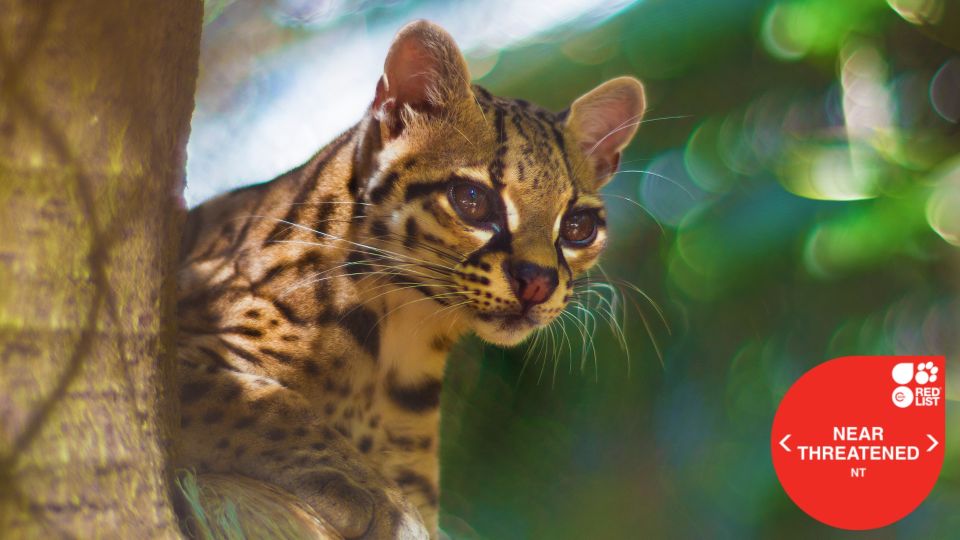
Near Threatened
Number of species in category: 9,170
Species in the Near Threatened category should be a warning sign. Near Threatened species are at a lower risk of extinction, like Least Concern, but may be dependent on conservation efforts to prevent them from becoming vulnerable. They could also quality for ‘Vulnerable’ in the near future.
- Margay
- Koala
- African Grey Parrot
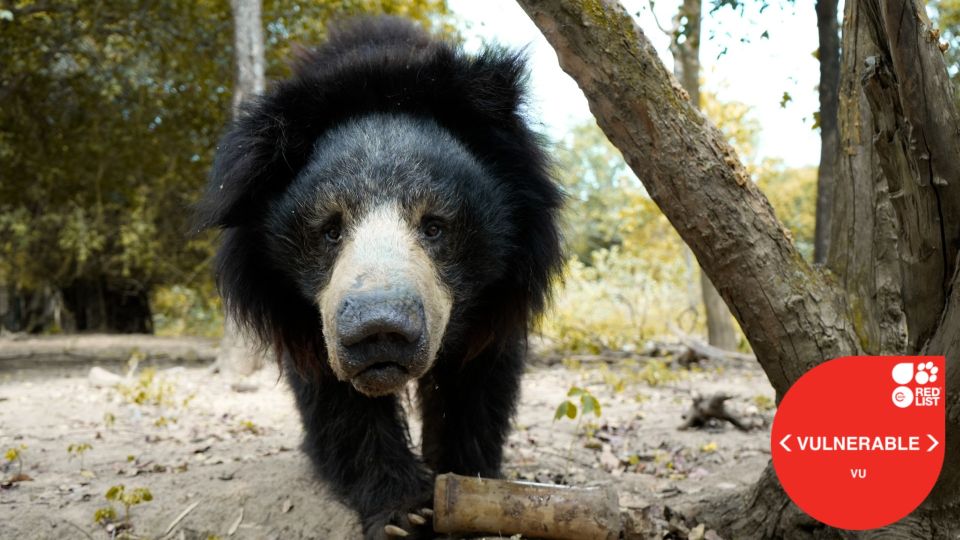
Vulnerable
- Number of species in category: 16,912
Species classified as Vulnerable, are considered to be threatened with extinction. This means that between 30-50% of the species population may be in decline, and there’s a 10% probability it will be extinct within 100 years. The leading cause for population decline for vulnerable species is habitat loss, which is exacerbated by urban development, industry and agriculture.
- Sloth Bear - you can read more our sloth bear project here
- Pangolin
- Snow Leopard
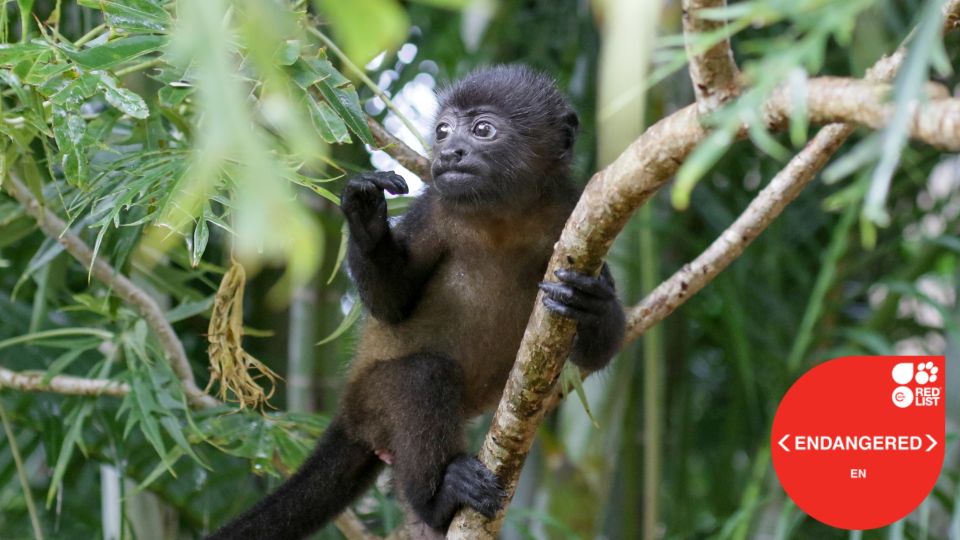
Endangered
- Number of species in category: 17,344
Endangered species need urgent conservation action to save them from a very high risk of extinction. A species officially becomes Endangered when one of the following criteria is met:
- Its population declines by 70% and the cause is known, or has declined by 50% and the cause is not known.
- Its extent of occurrence within its geographic range is less than 5000 square km, or its area of occupancy is less than 500 square km.
- There are fewer than 2,500 mature individuals.
Despite these worrying statistics, any species that becomes classified as Endangered is not always doomed to a downward trajectory. Take giant pandas for example, they were labelled Endangered in 1990 when the population dwindled to just over 1000. But this sparked a lot of attention and conservation efforts, therefore boosting numbers, leading to the removal of this classification.
In Costa Rica, we are working hard to combat the threats that Endangered howler monkeys face from urban development encroaching on their habitat. To learn more about our mitigation efforts and wildlife rescue, rehabilitation and release work for this threatened species head here:
- Mantled Howler Monkey - you can read more about our work protecting this species here
- Irrawaddy Dolphin
-
Asian Elephant
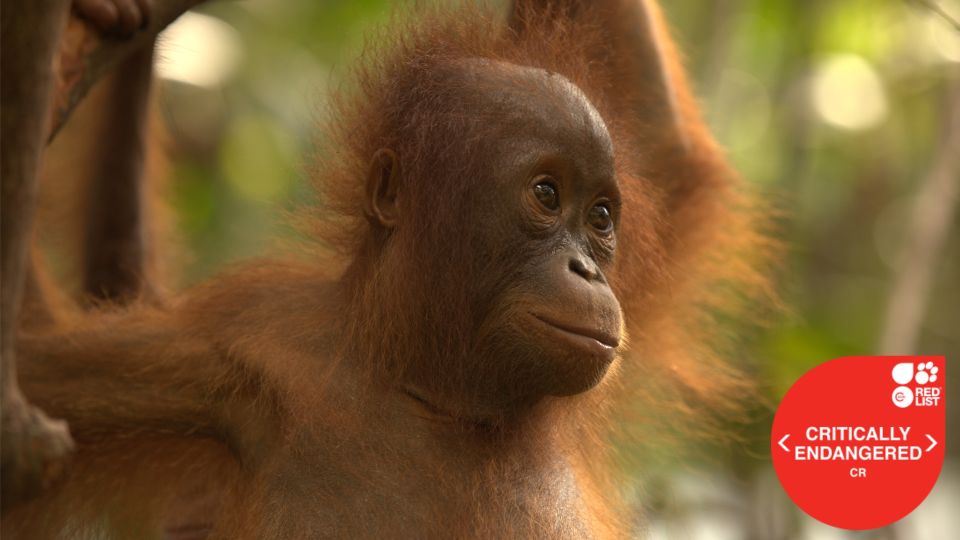
Critically Endangered
- Number of species in category: 9,760
A species’ population dropping by 90 percent over 10 years, or three generations, for example, would be labelled Critically Endangered. This means they face an extremely high risk of becoming extinct. This is the final category before becoming either Extinct in the Wild or Extinct, making it the most serious designation for a species.
Our Indonesian partners YIARI are working extremely hard through their wildlife rehabilitation and conservation projects to prevent the Critically Endangered Bornean orangutan from slipping toward extinction. Learn more about their work here:
- Bornean Orangutan - read more about our work with this species here
- Amur Leopard
- Hawksbill Turtle
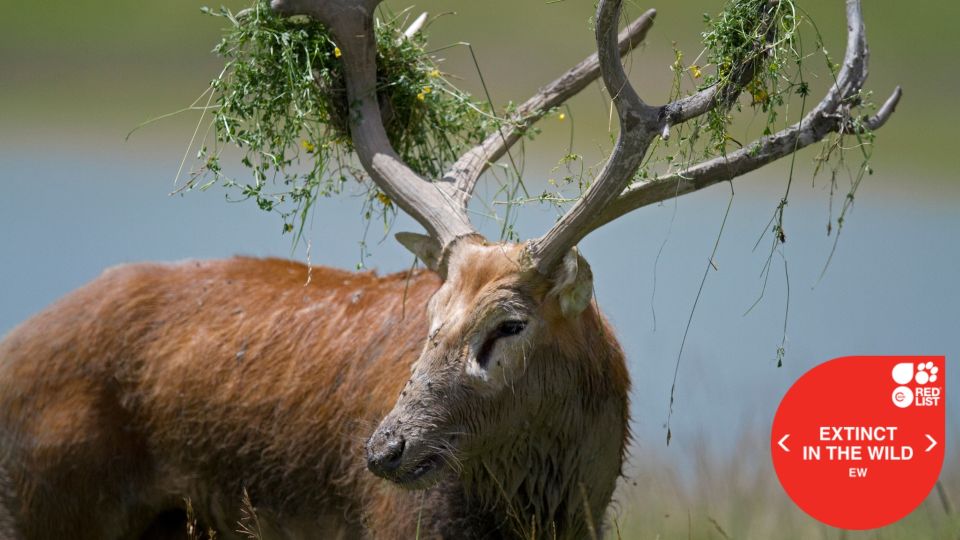
Extinct in the Wild
- Number of species in category: 84
The moment a species can only survive in cultivation or captivity, they become Extinct in the Wild. But this requires multiple surveys over many years concluding that no individual can be found. Sadly this is the point of no return for most species, only on rare occasions can they combat the odds and return. This was the case for Tasmanian devils whose population was nearly killed off by a contagious form of cancer, only to be reintroduced to a wildlife sanctuary in 2020, helping numbers increase again across Tasmania.
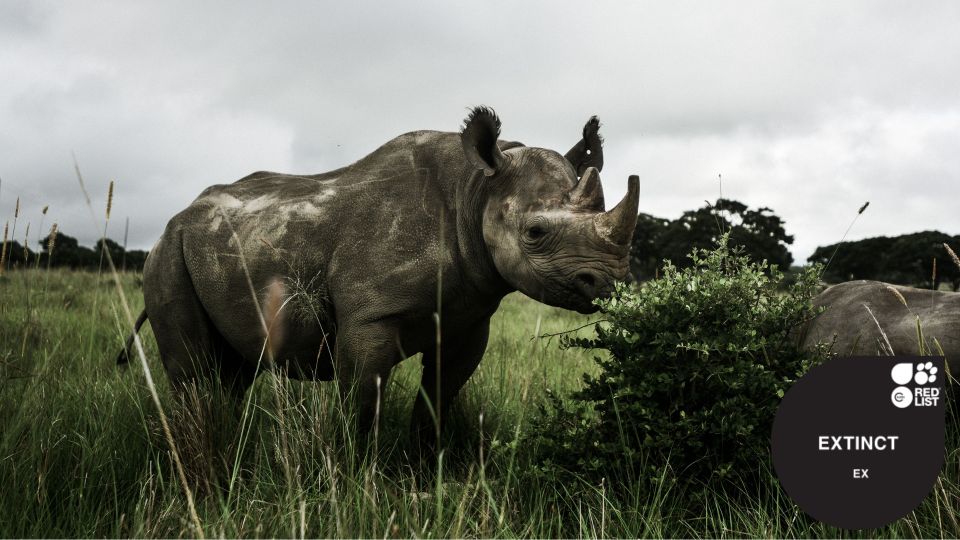
Extinct
A species is classified as Extinct when, beyond reasonable doubt, it is concluded that there are no cases of individuals in the wild or captivity. Species are going extinct every year, with the IUCN claiming 44,000 species are threatened with extinction, including 41% of amphibians, 37% of sharks and rays, 36% of reef building corals, 34% of conifers, 26% of mammals and 12% of birds.

